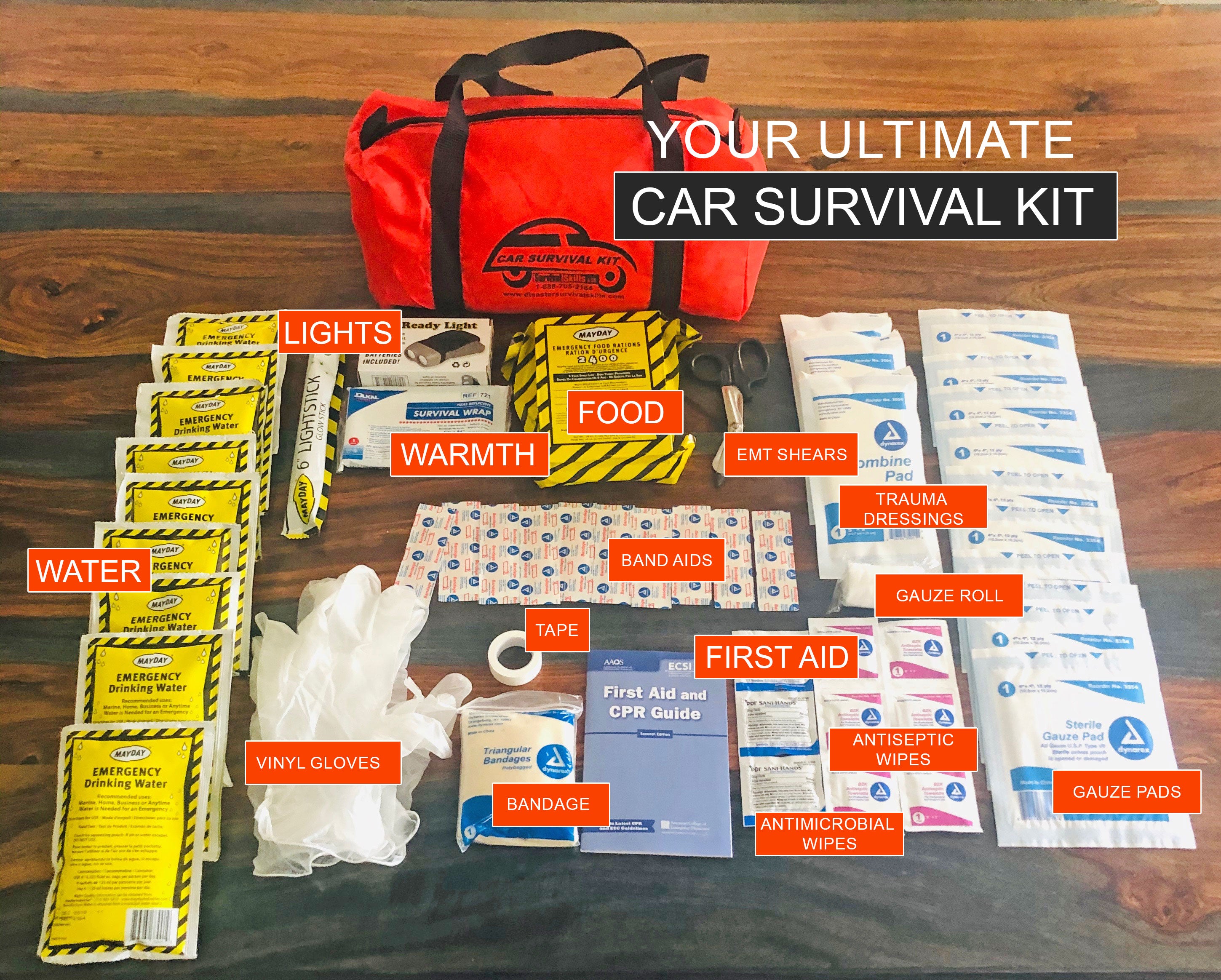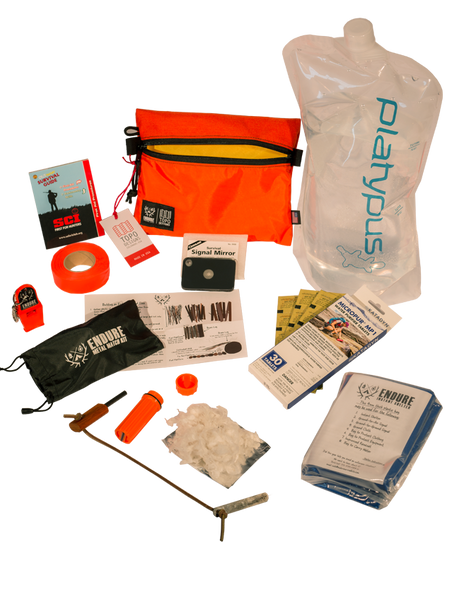Be Ready for Anything: Emergency Preparedness Tips for every single Circumstance
Wiki Article
How to Create a Detailed Emergency Preparedness Strategy
In the realm of preparedness, creating a thorough emergency situation plan is not just a job to check off a checklist; it is an essential keystone of any type of organization or person's durability strategy. By meticulously crafting a strategy that attends to different aspects of emergency situation monitoring, including risk evaluation, interaction procedures, source allowance, and tactical decision-making, one can lay a solid foundation for guarding lives, assets, and procedures.Significance of Emergency Situation Preparedness
Emergency situation preparedness is critical for reducing possible risks and making certain the security of areas and individuals. In today's globe, where natural calamities, public health dilemmas, and other emergency situations can strike without caution, being prepared can make a significant distinction in decreasing the impact of these events. By having a well-balanced emergency situation preparedness plan in location, individuals and companies can react effectively, secure lives, and lower building damages.Among the primary reasons why emergency readiness is essential is its function in conserving lives. When emergencies happen, having a plan that details clear treatments for emergency situation, communication, and discharge feedback can assist people act promptly and decisively. This can stop injuries and casualties by guaranteeing that individuals understand what actions to take to remain secure
In addition, emergency situation preparedness enhances the durability of communities. By fostering a culture of readiness and planning for numerous scenarios, communities can recover quicker from disasters and disturbances. This resilience is important for preserving security, connection of operations, and general well-being when faced with hardship.
Assessing Possible Threats
Thinking about the relevance of being planned for unexpected occasions, the preliminary step in developing an efficient emergency situation preparedness strategy includes extensively examining and analyzing prospective dangers. This evaluation requires a detailed review of all possible threats that can impact the company, thinking about variables such as location, industry, and historical information on incidents. By identifying these threats, organizations can prioritize their readiness efforts and allot resources efficiently to alleviate one of the most significant dangers.Common risks that companies may face include all-natural catastrophes like quakes, typhoons, or floods, technological threats such as power outages or information breaches, as well as human-caused risks like accidents or intentional acts of violence. Performing a risk assessment additionally includes taking into consideration the potential impact of these events on the company's operations, workers, clients, and reputation. By performing an extensive danger assessment, companies can create customized emergency situation action plans that resolve their certain vulnerabilities and make certain effective preparedness for any kind of possible situation.
Creating a Communication Plan
Developing a thorough and clear communication plan is necessary for reliable emergency situation preparedness within companies. In times of situation, communication plays a critical role in making sure the security and well-being of staff members, stakeholders, and the community. A well-thought-out interaction plan should outline clear lines of communication, mark essential employees in charge of communication tasks, and establish procedures for distributing information swiftly and precisely.One trick element of developing a communication strategy is identifying main and alternating communication channels (EMERGENCY PREPAREDNESS). These can consist of email, text messaging, phone trees, social media platforms, and public address systems. It is important to make certain that these channels are reliable, available, and routinely checked to ensure their efficiency during emergencies

Structure an Emergency Kit
Provided the crucial importance of preparedness in times of crisis, a vital part that organizations have to address is the facility of an emergency set. An emergency kit acts as an important source that can assist mitigate the impact of unforeseen events, ensuring that important products and devices are conveniently available when needed most. When putting together an emergency situation set, it is vital to think about the particular needs and conditions of the company. Basic things such as water, non-perishable food, emergency treatment supplies, flashlights, batteries, and a battery-powered radio are basic components of any type of emergency situation package. Furthermore, organizations must consist of vital files, such as contact lists, insurance policy information, and emergency action strategies, in water resistant containers within the package. Regularly examining and upgrading the materials of the emergency kit is important to make certain that materials are functional and existing. By proactively preserving an emergency situation and constructing set, organizations can boost their preparedness to effectively react to dilemmas and protect their employees and assets.Establishing Discharge Treatments
To make certain the safety and orderly emptying of employees during emergencies, companies must establish clear and effective evacuation treatments. Evacuation treatments need to include a range of prospective circumstances, consisting of fires, natural disasters, or other emergency situations that need swift emptying.
Additionally, companies should establish a system for accountancy for all personnel during an emptying to make certain that everyone has securely left the premises. Communication plays a crucial function in discharge procedures, with clear guidelines on exactly how to leave and when to do so. Normal testimonial and updating of evacuation procedures based upon responses and changing situations are crucial to preserving the efficiency of the strategy.
Verdict
Finally, developing an extensive emergency situation readiness strategy is essential for making sure the safety and well-being of individuals in the occasion of a catastrophe (EMERGENCY PREPAREDNESS). By analyzing possible threats, developing an interaction strategy, developing an emergency situation package, and developing discharge companies, individuals and treatments can be better equipped to respond successfully to emergency situations. It is essential to prioritize preparedness initiatives to minimize the influence of catastrophes and safeguard lives and propertyIn the world of readiness, establishing an extensive emergency strategy is not simply a task to check off a checklist; it is an essential keystone of any kind of company or individual's resilience approach. When emergencies take place, having a strategy that describes clear procedures for you can try these out emergency, discharge, and communication reaction can help individuals act quickly and emphatically. check my site. By conducting an extensive danger analysis, companies can create customized emergency situation feedback plans that address their specific vulnerabilities and guarantee reliable readiness for any prospective dilemma
Establishing a clear and thorough communication plan is necessary for effective emergency situation readiness within companies. By analyzing possible risks, producing a communication plan, developing an emergency kit, and developing discharge companies, treatments and individuals can be much better outfitted to react properly to emergency situations.
Report this wiki page